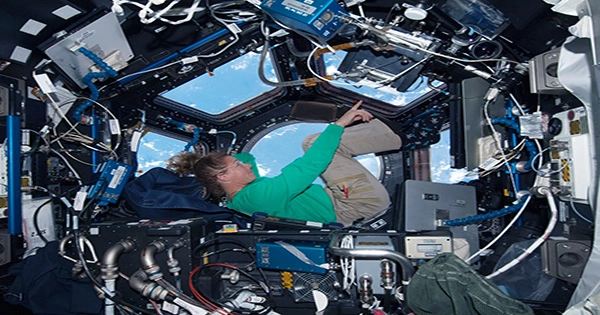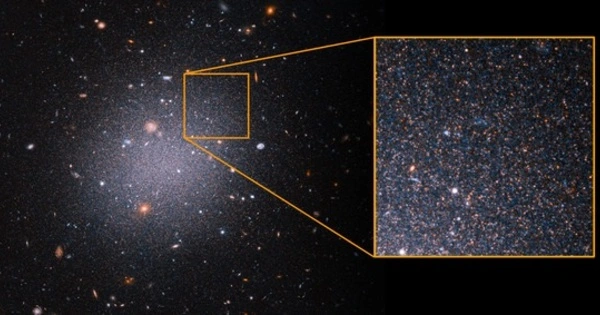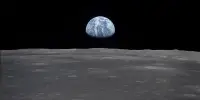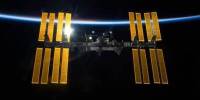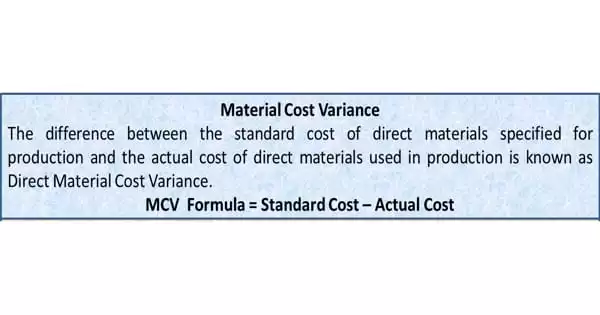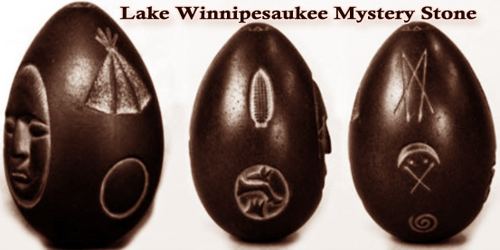In what is undoubtedly one of the coolest labs in the cosmos, astronauts aboard the International Space Station (ISS) have conducted thousands of scientific experiments over the course of more than 20 years.
New research on subjects including 3D bioprinting, plant adaptation, and even fertility in space has now arrived at the laboratory in orbit.
We examine a few of the experiments that were launched on the most recent NASA resupply mission by Northrop Grumman, which arrived at the ISS on Wednesday.
Studying human fertility: Can humans live in space someday? Scientists are investigating what would happen to our fertility if we spend a lot of time under low gravity, even though it’s still a relatively remote possibility.
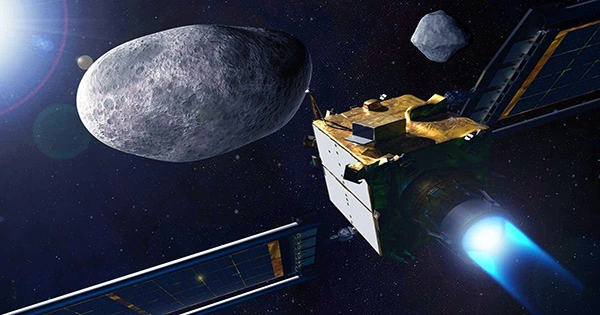
The OVOSPACE program, funded by NASA and the Italian Space Agency (ASI), is looking into the effects of microgravity on ovarian cells.
This investigation also could support development of treatments to improve or restore fertility in people on Earth.
As part of the research that they claim could help improve reproductive treatments on Earth, they have sent up bovine ovarian cells to the International Space Station (ISS) to examine how the development of these cells might be altered by being in space.
According to lead researcher Mariano Bizzarri of the department of experimental medicine at Sapienza University of Rome, long-term habitation under the lower gravity of the Moon or Mars could harm fertility.
In a statement, he stated that “this poses a threat to the goal of building extended or permanent communities beyond Earth.”
He continued, “Deregulation of the reproductive functions may also present extra health hazards.”
According to Bizzarri, the findings of the study may help us better understand how eggs develop and pinpoint treatments to safeguard human reproductive potential on upcoming space missions.
This research could aid in the creation of cures that enhance or restore fertility in Earthlings.
3D printing human tissue in space: Researchers are hopeful that microgravity will make it possible to 3D print organs on demand, which is something that doctors have long desired.
However, according to the experts behind the BioFabrication Facility, a 3D bioprinter, producing tiny, intricate structures seen inside human organs, such capillary systems, has proven challenging in Earth’s gravitational environment.
They therefore believe that printing organ-like tissues in microgravity might serve as a first step toward creating complete human organs in space.
During its first trip to space in 2019, the BioFabrication Facility successfully printed human heart cells and a portion of a knee meniscus.
To test if printing in microgravity can result in tissue samples of higher quality than those printed back on Earth, an updated version of the 3D printer will create knee cartilage tissue aboard the International Space Station (ISS) using bioinks and cells.
How plants adapt to space: Another experiment on board the ISS examines how plants adjust to space in a study that could one day improve air and water purification systems on future space flights as well as the quality of meals.
Seeds produced by space-grown plants are brought back to Earth, processed, and then sent back to space as part of the Plant Habitat-03 research. If the subsequent generation benefits from this in terms of adaptation, researchers investigate.
Plants exposed to spaceflight undergo changes that involve the addition of extra information to their DNA, which regulates how genes turn on or off but does not change the sequence of the DNA itself. This process is called epigenetic change, explain the researchers.
They want to know if these modifications in one generation of space-grown plants can be passed on to the following generation.
They added, “This could offer insight into how to produce crops repeatedly to supply food and other services on future space trips.”
The findings might also aid in improving methods for modifying crops for habitats that are sparsely populated here on Earth.
First satellites from Zimbabwe and Uganda: The first satellites from Zimbabwe and Uganda have also arrived at the ISS alongside these experiments.
Students from Uganda, Zimbabwe, and Japan have created CubeSats, which are essentially miniature cube-shaped satellites that will gather Earth data that may later be used by their home nations.
The satellites were created as a part of a university collaboration that allowed students from impoverished countries to gain practical experience in satellite production.
Studying Dangerous Mudflows: Space will also help scientists in their study of dangerous mudflows, in particular the catastrophic ones that can occur after a wildfire.
When a wildfire burns plants, combusted chemicals create a thin layer of soil that repels rainwater, say researchers.
Rain then erodes the soil, which can result in disastrous mudflows that move large boulders and debris downwards and are composed of sand, water, and trapped air.
Ingrid Tomac, main investigator and an assistant professor in the structural engineering department at the University of California, San Diego, noted that gravity “plays a major role in the process” by causing particles and air to fall to the water’s surface.
In order to gain understanding of the internal structural dynamics of these sand-water-air combinations and to establish a baseline for their behavior, gravity must be removed.
To better understand the characteristics of these hazardous mudflows, researchers on the ISS will analyze a slurry of air, water, and sand in microgravity. Hopefully, this will allow us to predict and model these phenomena more accurately.
